Artsy Reads: Andy Warhol

Check out 6 books that delve into the life and times of the Pop Art Movement legend.
by Larry Humber
Visual artist Andy Warhol (American, 1928–87) had a love of multiples, not to mention the revenue they generated, so it’s fitting that there are an abundance of books about the Pop Art legend—Goodreads lists hundreds—who grew up poor in Pittsburgh and could hardly have imagined what the future held for him. I’ve focused on a mere handful of reads, some going back a ways, with a little background on each.
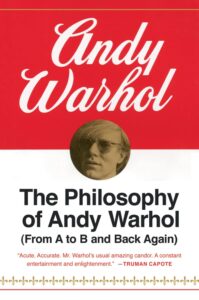
Let’s start with The Philosophy of Andy Warhol (From A to B & Back Again) from Harcourt Brace Jovanovich, in 1975, when the artist was in full swing. Although attributed to Warhol, frequent collaborator Pat Hackett and Interview Magazine editor Bob Colacello were very much involved. Colacello also gave us Holy Terror: Andy Warhol Close Up (Harper Collins, 1990, reissued in 2014), an “insider’s portrait.” Like all of us, Warhol faced challenges, but apparently he didn’t fret over them. As he put it, “Sometimes people let the same problem make them miserable for years when they could just say, ‘So what.’” Warhol apparently signed some 14,000 copies of The Philosophy before it it was distributed, and those books are now priced in the thousands.
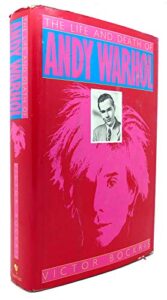
Victor Bockris’s The Life and Death of Andy Warhol was first published by Bantam Books, in 1989, two years after Warhol’s death, and the book was then expanded and updated by Da Capo Press, in 2003. A chunk of it touches on the artist’s upbringing in Pittsburgh, which is fittingly home to the Andy Warhol Museum. As a youth, Warhol was plagued by a rare nervous system disease and spent weeks at home in bed coloring and making collages. The book turned me on to the artist’s early haunts, several of which I visited, though one was very much under the radar, even avoided by folks at the Warhol Museum.
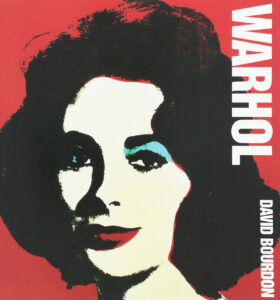
For those with a great fondness for Warhol’s work, David Bourdon’s Warhol (Abrams, 1989) is unmissable. Bourdon was both an art critic and a friend, so he knew the artist well. The book offers a look at Warhol lounging on a reclaimed couch in The Factory, his New York studio. His soup cans are on full display within its pages, along with his now-classic takes on Elvis Presley and Elizabeth Taylor, which originally failed to find an audience, one gallery owner saying, “They didn’t look enough like art. They looked machine-made.” Celebrities rule the latter pages, as Warhol was often commissioned to do portraits of the rich and famous, his main source of income, according to Bourdon. Gallery bigwigs like Leo Castelli, Ileana Sonnabend, and Ivan Karp also appear.
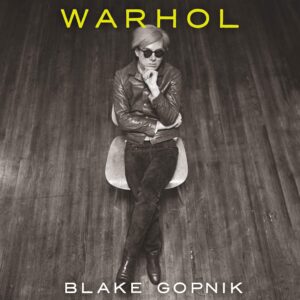
Warhol by art critic Blake Gopnik (Ecco, an imprint of HarperCollins, 2020) is billed as “the definitive biography,” and rightly so, as it comes in at a whopping 976 pages. The Sunday Times was impressed, noting, “It is impossible to imagine anyone finding out much more about Andy than is recorded here.” There’s something of interest on almost every page, so it will keep you engaged. Gopnik’s book wraps with an intriguing paragraph, asserting that Warhol has “overtaken Picasso as the most important and influential artist of the 20th century.” In fact, Gopnik puts him right up there with Michelangelo and Rembrandt “on the top peak of Parnassus.”
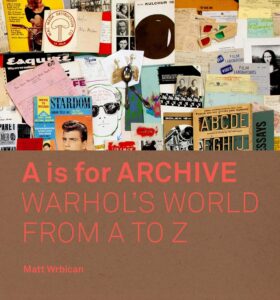
I recently chanced upon late Warhol archivist Matt Wrbican’s A is for Archive: Warhol’s World from A to Z (Yale University Press, 2019), to which Gopnik is a contributor. Describing it as profusely illustrated doesn’t do it justice. It’s chock full of surprises, too—everything from Richard Nixon hand puppets to Warhol’s collection of dental models, from a letter to the artist from hockey great Wayne Gretzky to memories of Warhol’s mother, Julia, and from Warhol’s wigs to his collection of cowboy boots. There’s even a chapter on all the commiserations he received after his near-fatal shooting at the hand of Valerie Solanas.
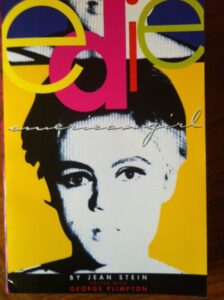
Finally, you might also want to check out Edie: American Girl (Knopf, 1982, and then Grove Press, 1994) by Jean Stein and George Plimpton, focusing on ill-fated actress Edie Sedgwick, for a time Warhol’s near-constant companion. The film Factory Girl followed in 2006, with Sienna Miller as Edie and Guy Pearce as Warhol.
About the Author
Larry Humber is a practicing artist and writer who has visited many Warhol sites both in Pittsburgh and New York City, even spending a few nights at the Chelsea Hotel, which attracted artists who frequented Warhol’s studio, The Factory.
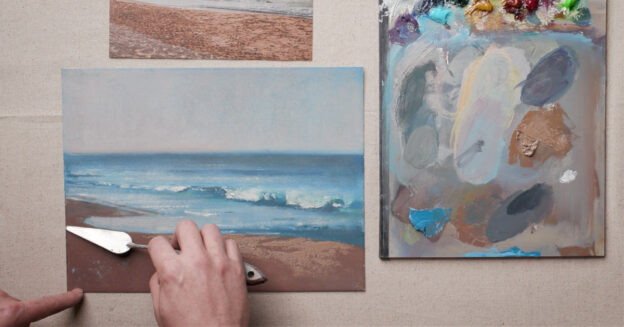

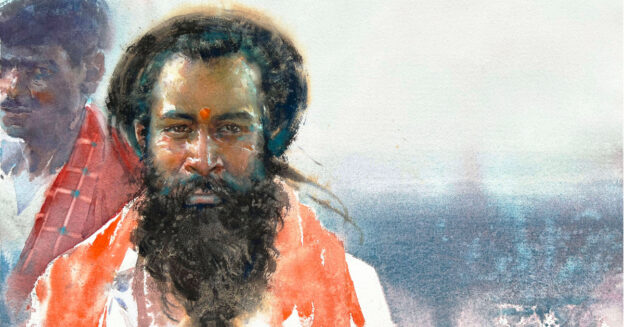
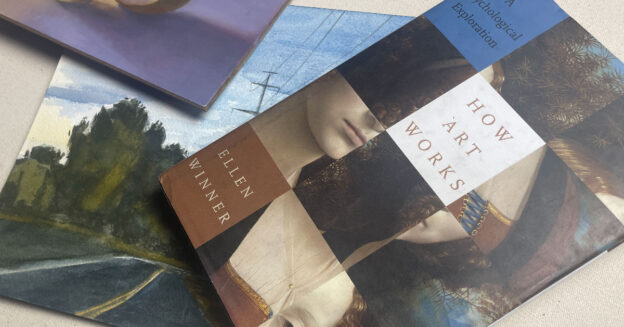

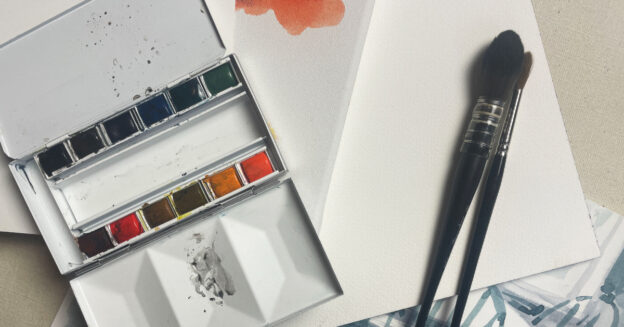

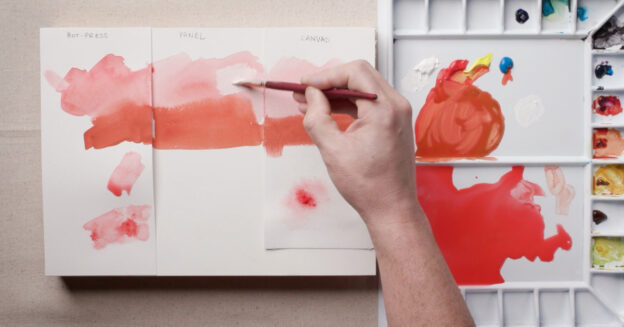

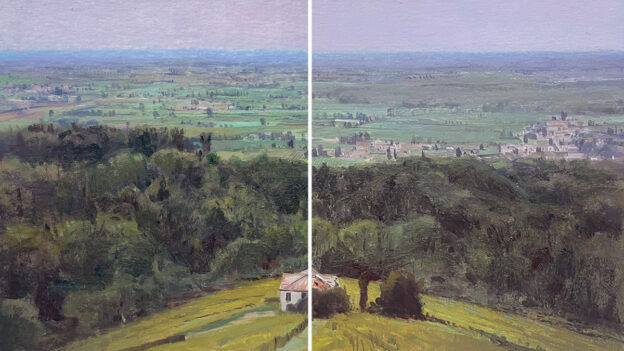
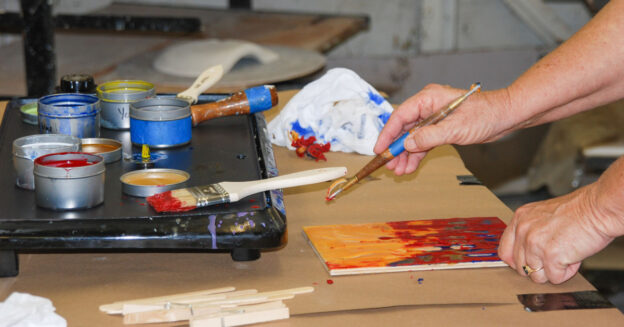
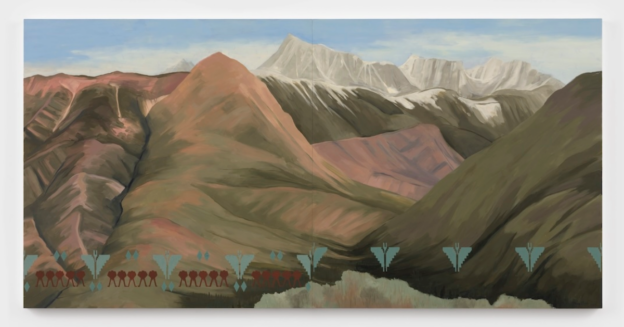
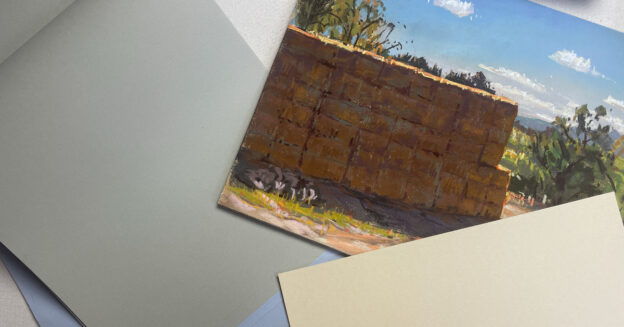
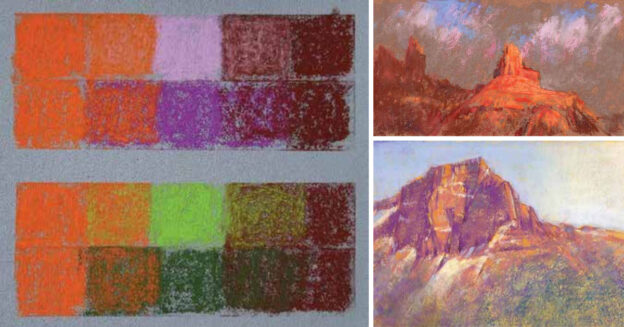
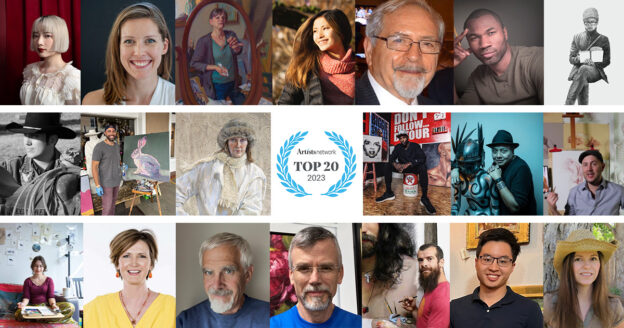
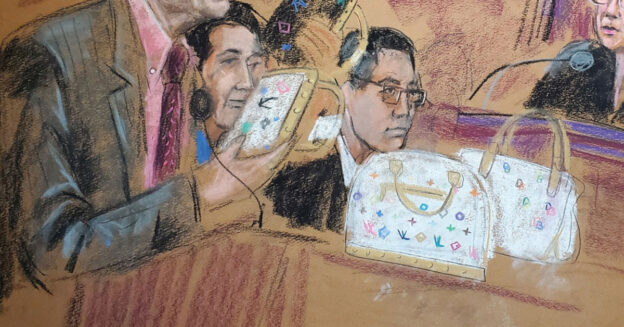
Join the Conversation!